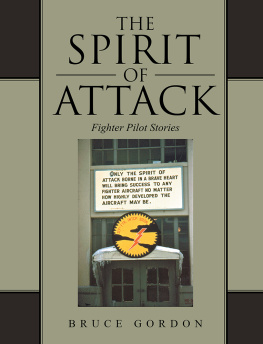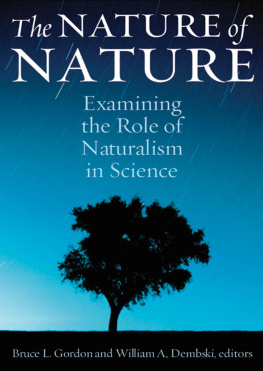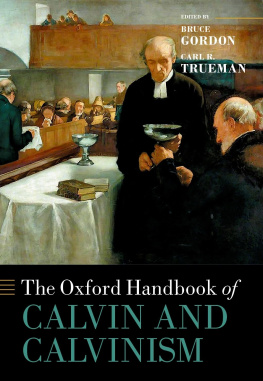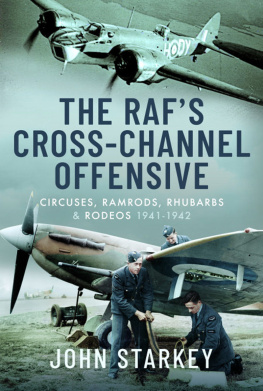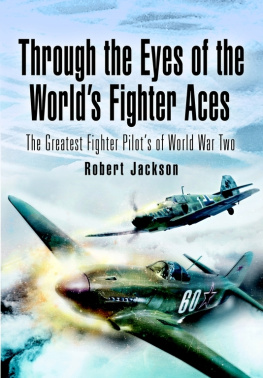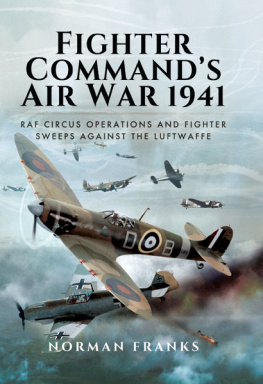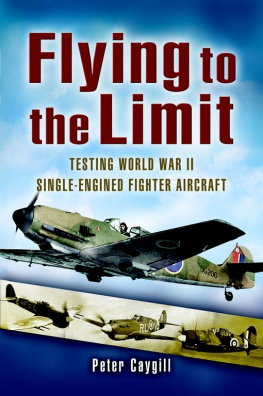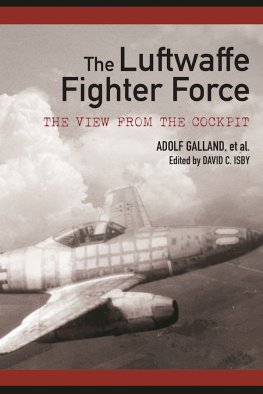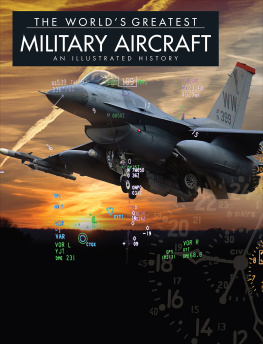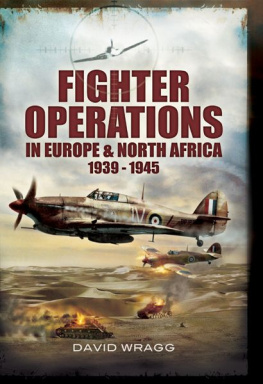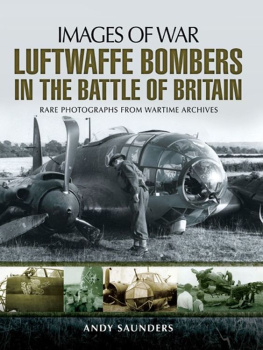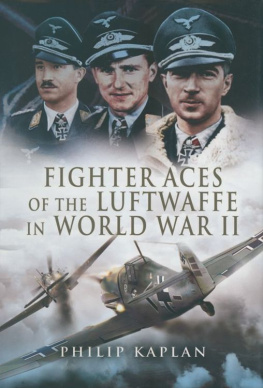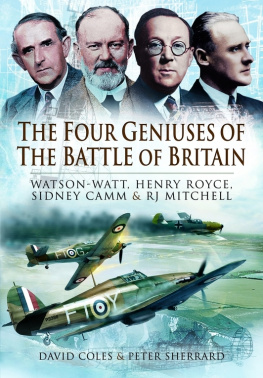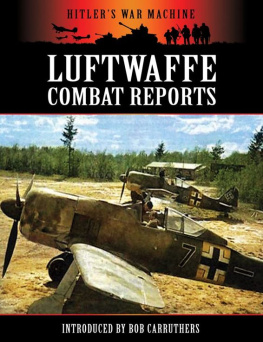The Spirit of Attack
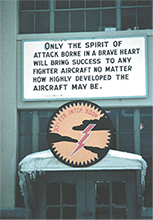
Fighter Pilot Stories
by
Bruce Gordon
AuthorHouse LLC
1663 Liberty Drive
Bloomington, IN 47403
www.authorhouse.com
Phone: 1-800-839-8640
2014 Bruce Gordon. All rights reserved.
No part of this book may be reproduced, stored in a retrieval system, or transmitted by any means without the written permission of the author.
Published by AuthorHouse 02/27/2014
ISBN: 978-1-4918-4603-2 (sc)
ISBN: 978-1-4918-4604-9 (e)
Library of Congress Control Number: 2013923787
Because of the dynamic nature of the Internet, any web addresses or links contained in this book may have changed since publication and may no longer be valid. The views expressed in this work are solely those of the author and do not necessarily reflect the views of the publisher, and the publisher hereby disclaims any responsibility for them.

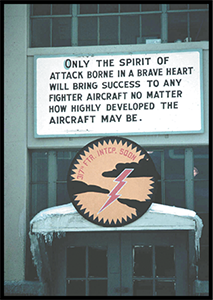
Spirit of Attack sign over the entrance to the 317th Fighter
Interceptor Squadron Elmendorf AFB, Anchorage, Alaska in 1964
The Spirit of Attack is quoted from Adolf Gallands book, The First and the Last. He was one of Germanys top aces and became Commander of German fighter forces in WW II. This quote was the motto of my fighter squadron in Alaska, my guide for 20 years of flying with the US Air Force, and the title for this book.
I flew 132 combat missions in Vietnam and was awarded the Distinguished Flying Cross for close support for US ground troops in bad weather in mountainous terrain. This book has over 40 first-person stories plus over 90 photos and illustrations. Some photos were taken from my own fighter cockpit with my two hands on the camera, while flying the airplane with the stick between my knees. Some of these show volcanoes in Alaska and my own bombs exploding in Vietnam.
Three stories are contributed by my fighter pilot friends. Harry Shumate tells of combat in Korea; Ray Janes tells of being a Forward Air Controller (FAC) in Vietnam, and Phil Payne tells of flying in support of a nuclear weapons test.
The last story is a WW II bombing raid by P-38 fighters of the First Fighter Wing against the oil fields of Ploesti, Romania. I was Editor of their newsletter for several years. I spoke with pilots who had flown on that mission, and read their reports. I found a story by a Romanian pilot who had flown against us that day. I set the American reports against the Romanian report to get a rare view of a battle from opposing cockpits. Pilots in dogfights seldom agree on what happened and these stories differ in details but it shows that pilots from both sides had the Spirit of Attack and fought hard for their countries.
Contents
I was born in the Philippine Islands in 1934 where my father worked for the Eastman Kodak Company. I had an older brother and a younger sister, all born in the Philippines. This was the middle of the Great Depression, and we had very little money. The cost of living was so low that we had Filipino servants at very little cost and held wonderful birthday parties. Home movies made us look rich. My father wore a white cotton suit to work every day, and wore a cotton dinner jacket (tuxedo) when he and Mom went to the Polo Club for events. He had several suits, and our servants washed and ironed them every night. The weather was hot and we had mosquito nets over our beds because malaria and dengue fever were common. In this photo, my father and I watch my big brother serve tea.
In 1936 my father was given home leave and took us to Kodaks home office in Rochester, NY, via the Suez Canal, France, and England, on the German steamer MV Sharnhorst . On this German ship he heard that another world war was likely, and that Japan might be allied with Germany. When he got to Rochester, my father told management about his concerns and asked for a transfer to a safe location, farther from Japan. We returned to the Philippines across the Pacific, so I completed my first trip around the world while I was 2 years old!
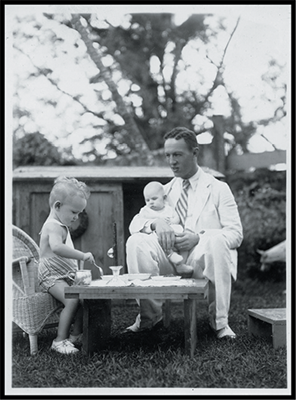
Back in the Philippines, life was good but the talk of war increased. My father repeated his request for transfer to a safe location. In 1939 World War II started in Europe, and our family finally transferred to the relative safety of Hawaii. My father was Assistant Manager of Kodak Hawaii, and I visited him in his office. Kodak sold cameras and film to tourists, and arranged for free hula dances because the tourists used so much film.
Sunday, December 7, 1941 dawned peacefully. I was seven years old and remember events clearly. My older brother and I took our BB guns and went to the beach where we shot crabs. Suddenly my mother came running, calling for us to come home immediately. The radio kept saying: The Japanese are attacking Pearl Harbor. This is not a drill. This is the real McCoy!. My father drove to the Kodak office in Honolulu and watched from the roof, seeing smoke billowing from Pearl Harbor. Our own antiaircraft shells were falling in Honolulu, setting fires and killing a number of civilians. He came home and we watched as the US Army reacted to the attack by deploying troops to defend the beaches. Some aircraft flew low over our house; one was a B-17 bomber which happened to arrive from California in the middle of the attack, and was desperately trying to shake off Zero fighters and find a place to land. Mom was serving lunch when we heard machine gun fire almost in our back yard! Mom was so startled that she spilled a bowl of peas all over the table. The Army had dug a machine gun nest at the treeline on our beach, and the soldiers were testing their guns. Dad filled bags with sand and made a place for us to hide under our laundry sink. He got buckets of sand to fight fires, as we heard that incendiary bombs were made of phosphorous and could not be extinguished by water. That night started with full blackout. No lights, not even cigarettes, were permitted where they could be seen. My younger sister went up to her bedroom and turned on a light, which shone through a window and caused a crisis! Our Japanese neighbor went to his refrigerator to get a late-night snackthe refrigerator light flashed on, and an Army patrol nearly shot our neighbor as a spy!
Christmas Day, 1941 ended our childhood innocence we were soon at sea in a convoy consisting of three fast passenger ships and ten defensive shipsa fast convoy which could cruise at about 20 knots. A submerged submarine traveled at 7 knots. A fast convoy need fear only submarines which happened to be lucky enough to be in front of the zigzagging convoy. Postwar intelligence tells us that five Japanese submarines were stationed near Pearl Harborone was sunk by aircraft on December 10th, so four were still near Pearl Harbor when we left on December 25th. Our course was zigzag, so they were probably not in position to attack.
The ship was overcrowded the swimming pool had been drained and filled with bunk beds and we had to wear life jackets all the time or use them as pillows when we slept. We had frequent lifeboat drills. The warships test-fired their guns and dropped depth charges to be sure they worked. A US submarine cruised with us briefly so everyone could see how hard a real submarine was to see in the open ocean. It was hot below decks, and the December winds blew cold when we slept on deck. We kids had only our light Aloha shirts and short pants, no coats. We were shivering with cold on New Years Eve as we sailed under the Golden Gate Bridge into San Francisco. Everyone sang, California, here we come right back where we started from. We had survived the first convoy out of Pearl Harbor after the attack.
Next page
